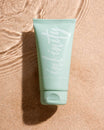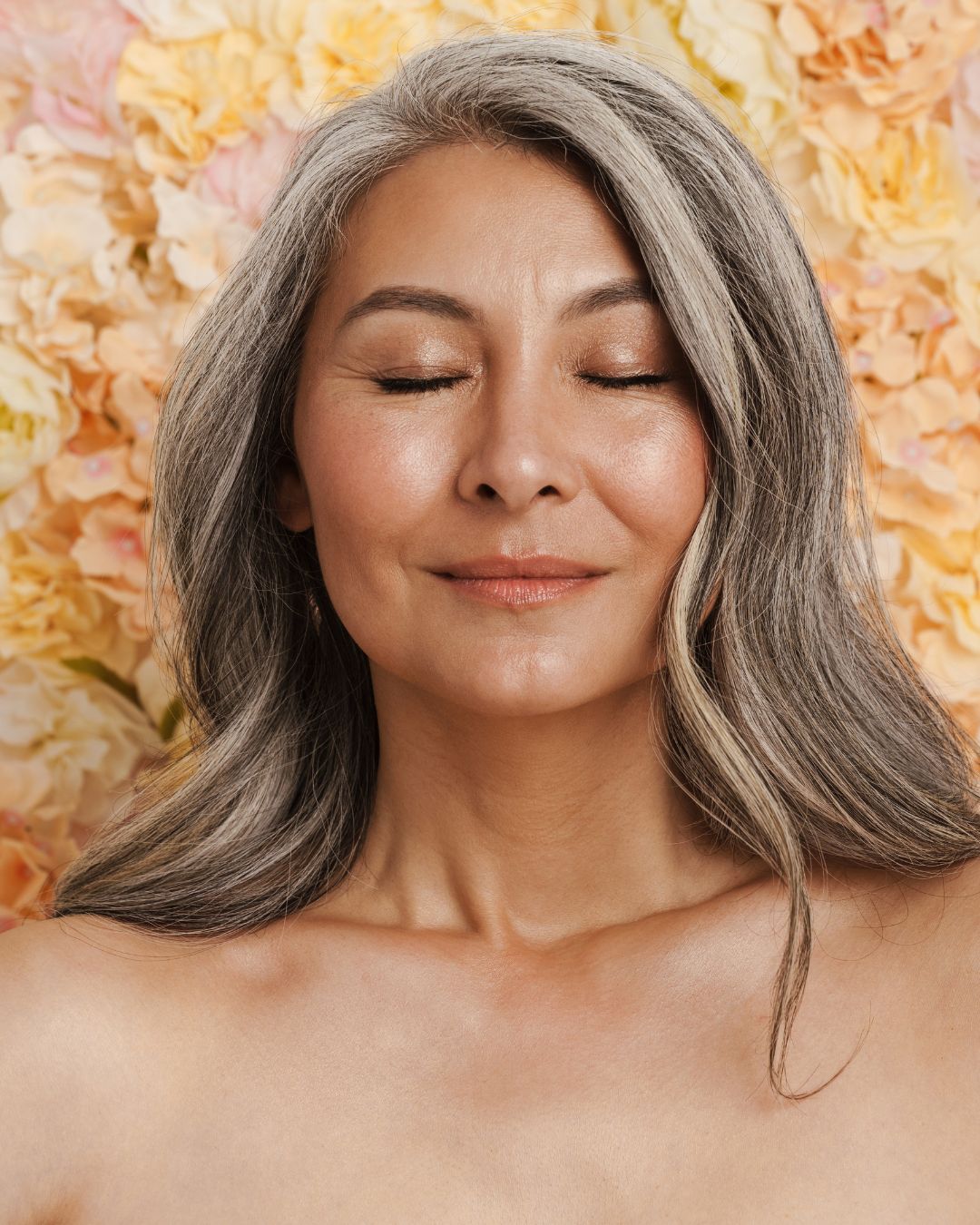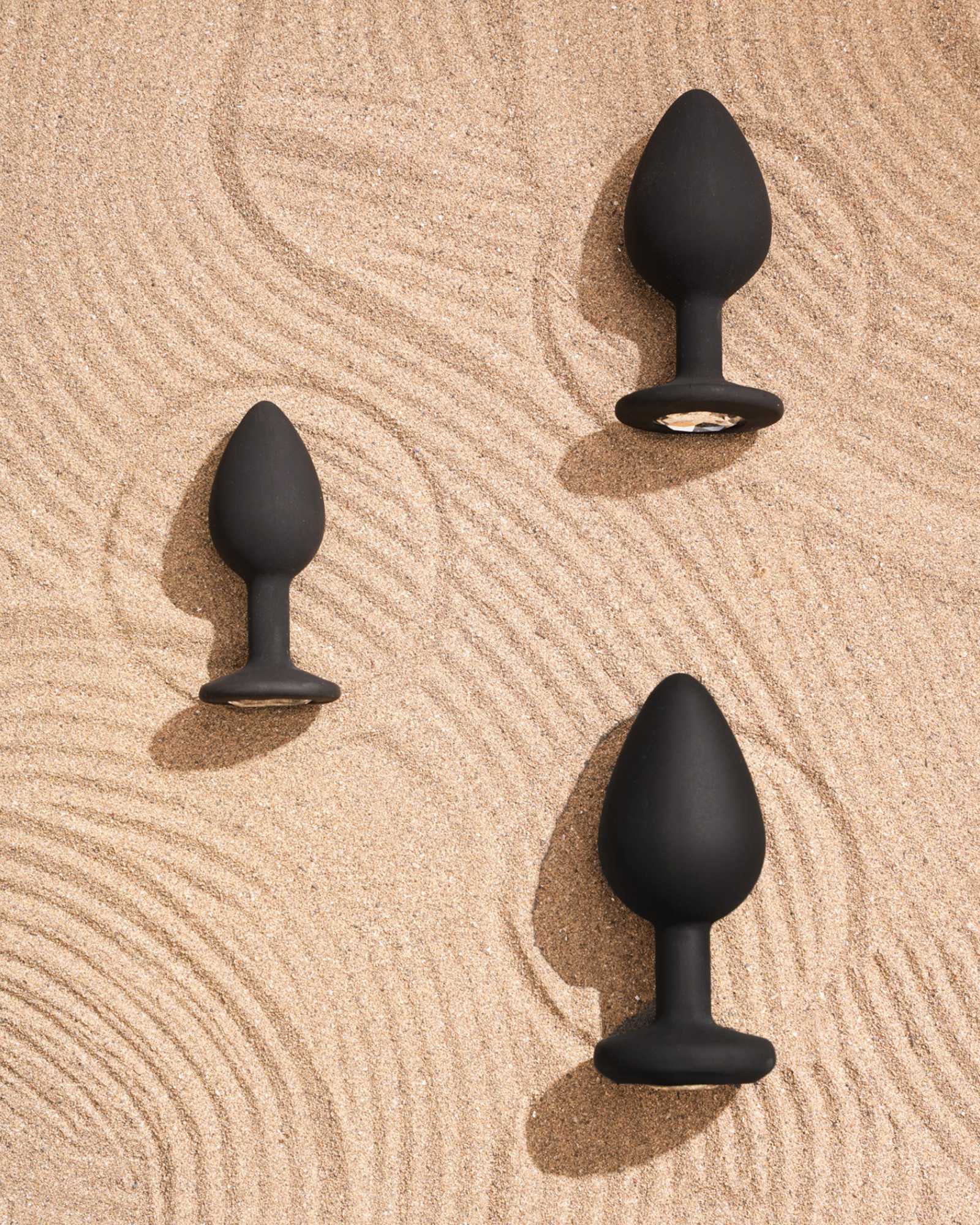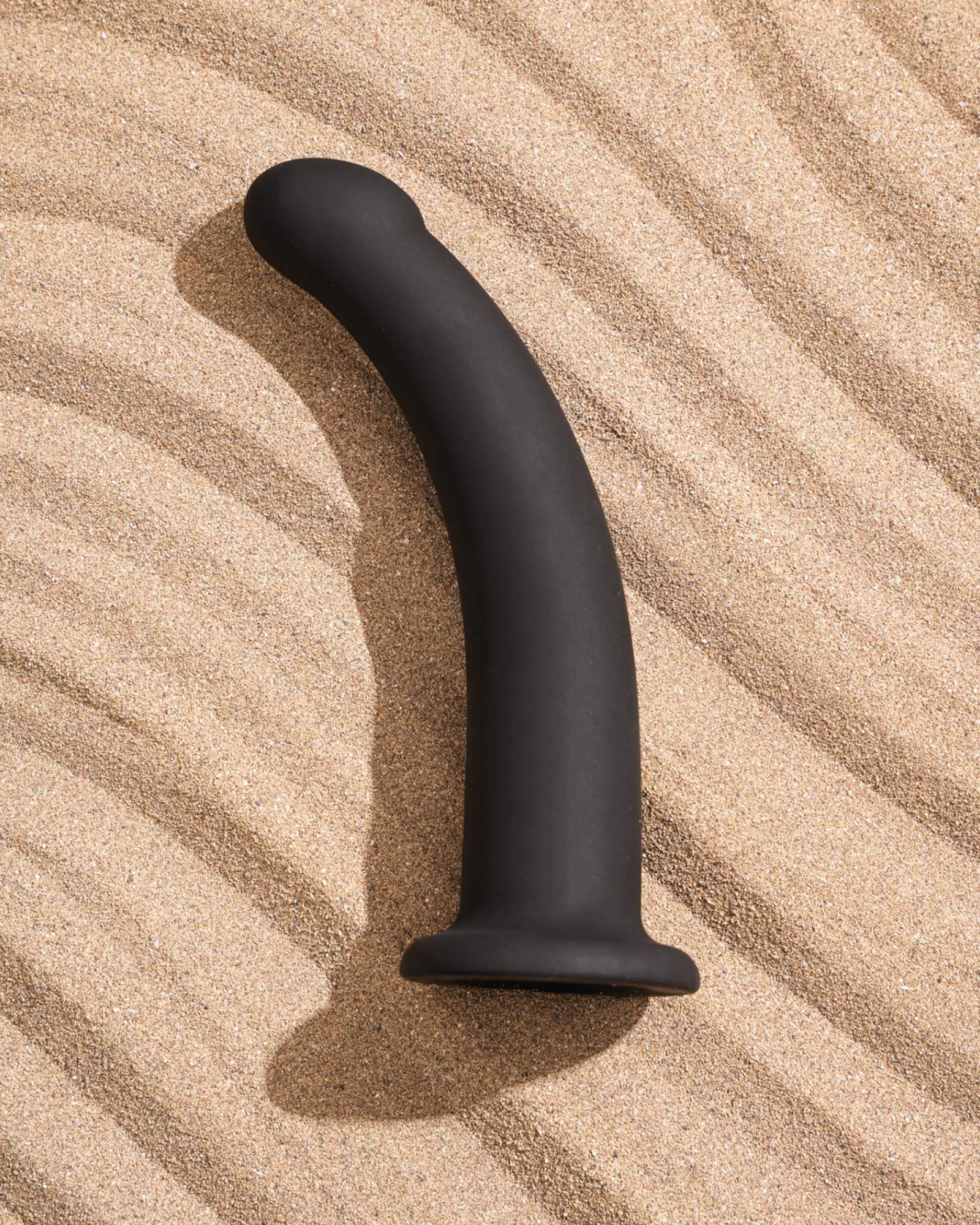“Her son’s hair is turning grey and she still lusts after each random man she comes across,”
Is what one of my cousins said about a relative.
“My grandmother secretly owns a vibrator”
Was the premise of a standup sketch.
“This octogenarian has sex three times a week”
Was the headline of a newspaper clipping doing the rounds on WhatsApp groups a few years back.

The sexuality of the elderly has always been viewed in either a comic light or as a shadow of shame. Popular media has been resorting to using hypersexualized old characters (primarily women) as comic relief. This internalizes the narrative that views senior sexuality as deviancy. There have, however, recently been a few shifts in addressing this issue.
Netflix’s Bombay Begums (2021) went on to depict a menopausal woman, Rani, exploring her sexual desires unapologetically within and outside marriage. Buaaji, a ‘bujurg’ character in her fifties from Alankrita Shrivastava’s Lipstick Under My Burkha (2016), was portrayed to be chasing her desires secretly and hesitantly throughout the movie. Her character is shown to be reading erotica, drowning her moans in bathroom tap-water, engaging in phone sex, & chasing her desires as Rosy at nights while being the Buaaji during days.
Though it is an attempt of a change for good, the utopia where senior sexuality is not stigmatized is nowhere in sight. Aged people who have the heart to be vocal about their sexuality are more often than not faced with ridicule, humiliation and ostracization.

We have seen lowered mortality rates and inflated life expectancy over the past century resulting from scientific advances. People today live longer and healthier than they could at any given point in the history of humankind. This present turn of humanity is witnessing a significant demographic change with more of the world drifting towards old age. Yet, media and literature have been feeding us the notion that older people are primarily asexual beings.
The lack of dialogue around their sexuality and the associated stigma tends to push the issue further into the void of obliviousness, consequently breeding numerous unaddressed issues of senior sexual health, sexual abuse, desire and response, consent, STDs, etc.

Misrepresentation and lack of dialogue around issues quite often result in speculation which in turn breeds myths and misconceptions. One of the most commonly held myths is that people essentially become asexual creatures as they transition to old age.
A mutant of this myth often propounded by popular media is that older adults, particularly women, are hypersexual. The notion of sexuality being only a procreative medium (and hence reserved for youth) and the sexuality of old age is amoral are other widely-held false impressions.

The belief that elderly intimacy is disgusting owing to “unattractive bodies” finds its origin in unrealistic beauty standards set by the media and the brands that profit out of insecurities. Older people have no risk of catching STDs is yet another unscientific assumption.
In an attempt to understand old age sexuality better, we turn to science. Research on changes in sexuality with the rise in age has produced interesting results.
A 2018 review about senior sexuality asserts that elderly people often define sexuality in a narrow sense of sexual intercourse and particularly penetration. The decline and failure to perform this particular “normal” sexual function thus results in disappointment, despair and frustration.
This review identified three major themes:
(1.) Social conventions make sexuality expression difficult for the elderly,
(2.) Health and not age affects sexuality, and
(3.) Sexuality is often seen in the narrow sense of sexual acts.

The subjects of a study published in 2011 reported reduction in quality of erection, lubrication of the vagina, orgasmic intensity (sometimes dry orgasms) and overall sexual functioning with age. Thinning of vaginal walls implies more painful intercourse and vulnerability to UTIs. Both male and female subjects registered an increase in the time required for arousal.
It is important to note that these did not distress the subjects; these changes do not necessarily affect the overall subjective experience of sexual encounters.
Sexuality entails sexual intercourse but by no means is restricted to intercourse only, and despite the physical challenges of old age other areas of sexuality are still on the table; some people go about calling it the "outercourse".
Research suggests that more than ageing itself it is the health that affects sexuality and sexual expression. Like all people, older people may experience sexual dysfunction due to grief, fear, boredom, fatigue, low sexual desire, physical disability, etc.
Sexual and orgasmic dysfunction in old-age may usually be linked more to chronic illness than to ageing alone. Arthritis, chronic pain, dementia, diabetes, heart disease, incontinence, depression, mastectomy, medications etc can be hindrances in both overall sexual desire and performance.
For the same reason, individuals with comorbidities sense greater deterioration in sexual and orgasmic quality at any given age and not just old age. It is documented that illness and declining health are major reasons for reduced sexual desire in older men. In the case of women, however, it was the loss of a partner that acted as the major force behind more or less absolute abstinence.
Additionally, sexual abuse, shame and guilt, religious and cultural prohibitions, etc. also drive women towards abstinence.
Some women use the changes at midlife as a reason to begin abstaining, justifying their act by the argument of "too old for sex". Older men and women alike, may stress that their partners will no longer find them attractive; this also has the potency to pull them away from participating in sexual activities with their partners.
One study also registered that nonworking individuals reported more decrease in their sexual desires (with age) than working individuals, thus suggesting that an active-working lifestyle may help keep one sexually active for a much longer time.

Similarly, educated individuals attributed greater importance to sex in their relationship with their partners, pointing to the vital role that education plays in sexuality and intimacy in later life. Age however does not protect people from sexually transmitted diseases; sexually active older people are equally at risk of diseases such as syphilis, gonorrhoea, herpes, warts etc and must take precautions to keep themselves and their partners safe and healthy.
Ageism plays a distinct role in keeping older adults from accessing healthcare and therapy concerning their sexual life. They are met with judgement and ridicule when communicating their sexual concerns, and desires from their families, society and the healthcare system.
Sexual dysfunctions that occur due to comorbidities are often treatable however older people get little to no guidance on it. Some couples therapists don't talk about sex with their clients. Many primary-care doctors don't raise the topic either. Most medical students receive limited comprehensive sex education to manoeuvre around such cases adeptly. Evidence-based treatments in the elderly and queer population have several limitations and are underrepresented.
However, lately, sexuality in older age has slowly started to stir up the popular media gaining both visibility and admission.

In her beautifully intimate documentary 69: Love Sex Senior (2013), for example, Menna Laura Meijer asks a number of older people about their love lives and how they experience sexuality, and the interviews are crowned with observations on everyday life and interaction.
Films and shows like Lipstick Under My Burkha (2016), Bombay Begums (2021), Netflix's Grace and Frankie, and quite a few podcasts bring the case to the public domain and try initiating a dialogue.
Training and guidelines for healthcare facilities and therapy however need to be accelerated in terms of quality of care, awareness and judgement-free approach with concerns related to sexuality in the elderly.


















Leave a comment
This site is protected by hCaptcha and the hCaptcha Privacy Policy and Terms of Service apply.